Hey, dear friends, generally speaking, fish breathe via their gills, right? So have you ever heard about there are fish, which also breathe via an organ? If you have not heard about that, and you are interested in it, do not worry! This article will cover some information about it. Let’s explore together!
Content Table
What Are Labyrinth Fish?
Labyrinth fish goes by the name of Anabantoidei, which is a suborder of Anabantiformes. It contains at least 18 suborders with around 160 families of fish of all sorts and sizes, most of the labyrinth fish species are betas and gouramis. It is different from other fish for its respiratory organ, named the labyrinth organ.
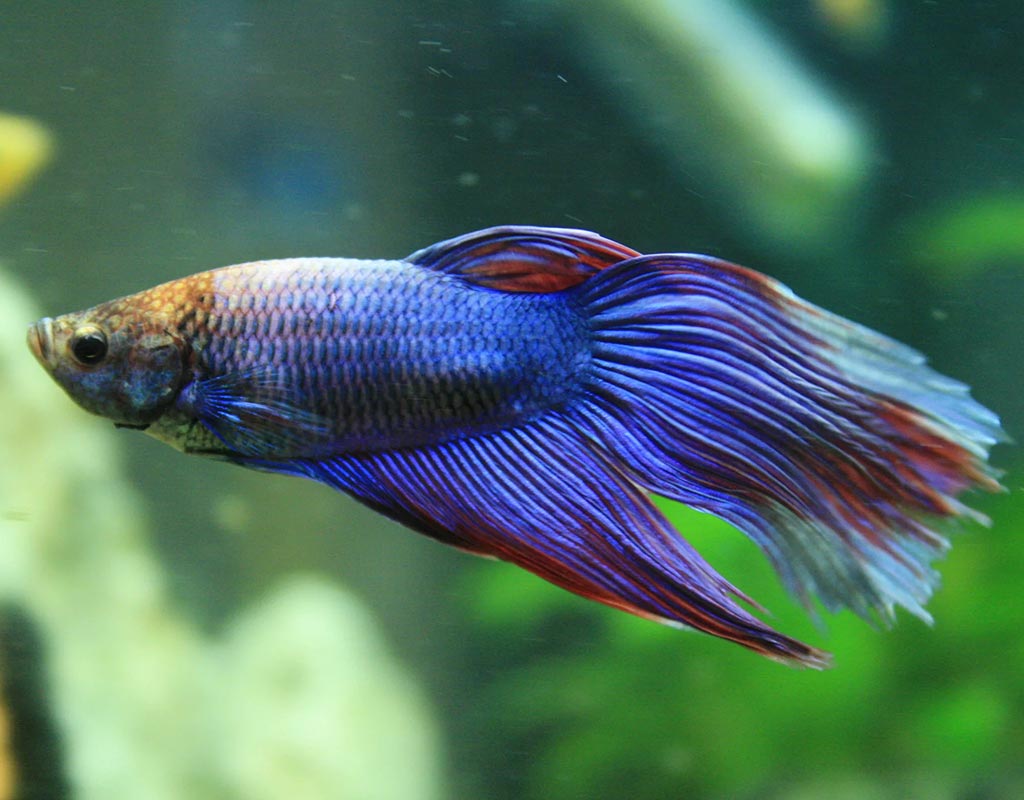
What Makes Labyrinth Fish Different?
Labyrinth organ
The labyrinth organ is behind fish’s gills and is similar to the lungs. The organ allows them to take in oxygen directly and helps them absorb oxygen into the bloodstream. However, the labyrinth fish is not born with a fully formed labyrinth organ. It is gradually formed as the fish grow up. The organ is finally fully formed until the fish becomes mature.
By the way, the oxygen concentration of the water around the fish’s growth environment determines the size of the organ. And the two are negatively correlated. For example, if the labyrinth fish is in low oxygen areas, its labyrinth organ tends to be larger and more complex than that of those in rich oxygen areas. Nevertheless, although labyrinth fish can breathe via gills and labyrinth organs, the fish will breathe via the organ most of the time after it is fully formed.
Bubble nests
Labyrinth fish are the builders of bubble nests. The male fish usually blows bubbles to form a nest in low current areas. But the size and thickness of nests are not all the same, because it depends on the preferences of builders – male labyrinth fish.
The accountability of males and females is clear. Female labyrinth fish take charge of laying eggs, while the males are responsible for defending the nest once eggs are laid. Besides, males also need to defend and raise the young and keep them out of danger from other fish.
There is one interesting thing to share! If an unaccompanied male builds a bubble nest, it generally means that the male fish is satisfied with the living environment. That is because factors, including changes in surroundings, the introduction of another fish, or changes in atmospheric pressure, will trigger the behavior of building bubble nests.
Interview the Labyrinth Fish World
Families of labyrinth fish
- Helostomatidae – Kissing gouramis
The Helostomatidae family ranks third among the families in the Perciformes. It is composed of one genus and one described species. The fish can be found in Indonesia and Thailand. Besides, the fish possesses two beautiful colors – green and orangish pink. The former is common in Thailand and the latter is usually from Java. Nevertheless, people usually regard Helostomatidae fish as food fish, although it is popular in aquariums.
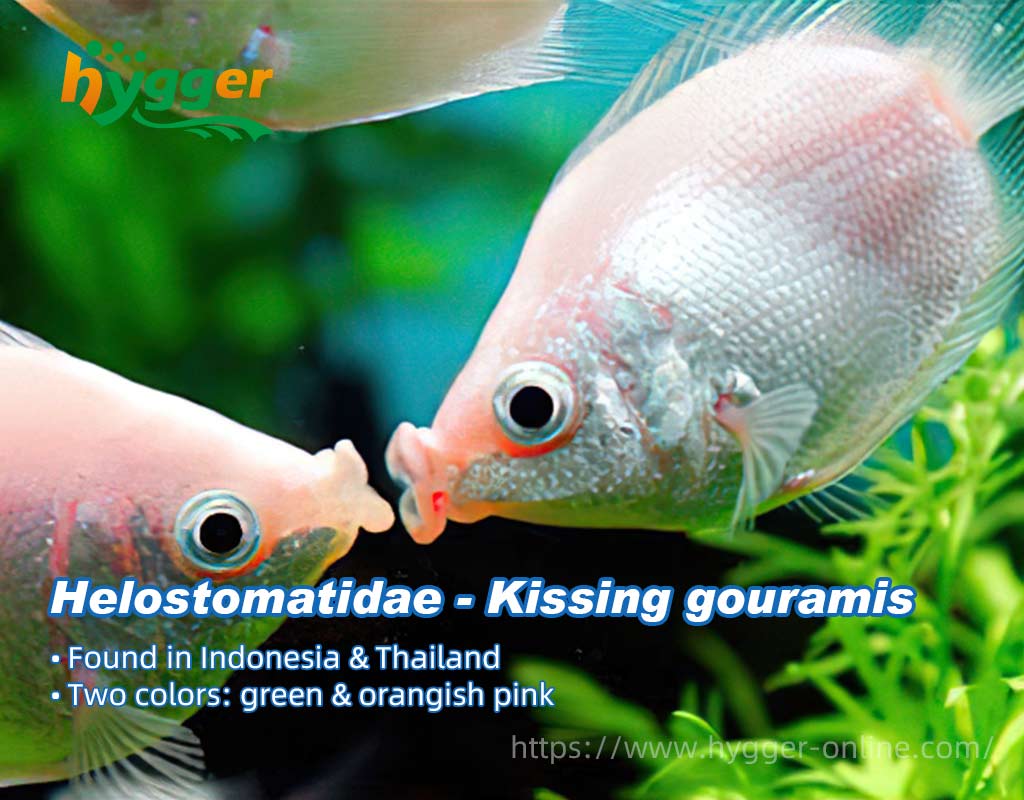
- Anabantidae – Climbing gouramis
The Anabantidae family ranks second among the families in the Perciformes, including four genera and 31 species. It is mainly in the Indian region, but mainly in India and Pakistan. However, this kind of fish is usually used as food in Asian cuisine, but not in tanks.
The Anabantidae family, also named Climbing gouramis, can climb trees. The fish imitate walking by extending gill plates and using them to support their fins and tail muscles to go forward.

- Osphronemidae – Gouramis
The Osphronemidae family ranks first among the families in the Perciformes. There are four subfamilies, 96 species, and 15 genera. The fish are usually found in Asia, India, Pakistan, and the Malay Archipelago.
In the family, there are some famous and popular aquarium fish, for example, Betta splendens, the Blue gouramis, and paradise fish.
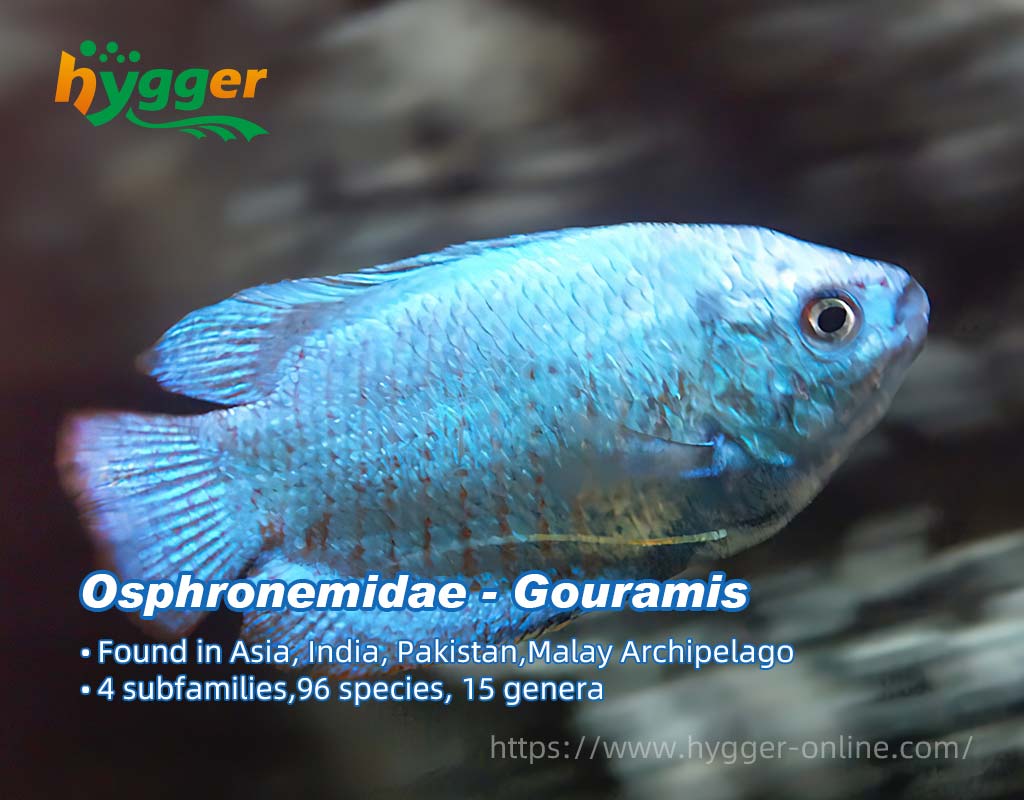
Where are labyrinth fish found?
Labyrinth fish are found in Asia over the eastern, southern, and southeastern continents and areas which are with low oxygen levels, low current waters, and warm temp. They are also found in Africa over the southern continent, mainly in the rainforest waters. Besides, they can keep alive in the hardest waters for their labyrinth organs.
The lifespan of Labyrinth fish
If fed and cared for properly, the labyrinth fish can live up to 6 years. But if not, they may only live for about 3 years.
Diet of labyrinth fish
Labyrinth fish are easy to feed because they are not fussy about food. But it is better to serve them high-protein food. You can provide them with food, including fish flakes and pills, worms, mosquito larvae, brine shrimp, and small flies.
Care of labyrinth fish
Labyrinth fish is one of the easily keeping fish, so it is suitable for beginners exactly. And there are tips about caring for the fish.
- A moderate tank examination
A moderate examination of fish tanks is required. This is to check whether there is sick or injured fish or not. Although the fish are not injured easily, they are also likely to get kinds of diseases. If your fish is sick or something like this, it is better to isolate it as soon as possible and take treatments. Only by doing so, the spread of disease or infection can be diminished.
- Water change
Though the labyrinth fish can adapt to the hard or extreme environment, it is necessary to do a 20-30 percent of water change in your tank once a week.
Popular Real Labyrinth Fish
By now, we believe you have had an overview of labyrinth fish. Next, we would like to cover some popular real labyrinth fish from the perspective of their living requirements.
Betta
Betta fish is also called “Siamese fighting fish”. They can be found in shallow Marshes water, ponds, or slow-moving streams. They can grow up to 2.4-3.1 inches long and are carnivores. If you want to know some detailed information about what they eat, you can read another article – What Do Betta Fish Eat – Brine Shrimp for Bettas. Aggression and fighting behavior are special characteristics of the fish.
There are requirements of the betta:
- Family: Osphronemidae
- Diet: Carnivore
- Lifespan: about 3 years
- Size: about 2.5 inches
- Minimum tank size: 5 gallons
- Accepted pH: 6.8-7.5
- Water temp: 76-85℉
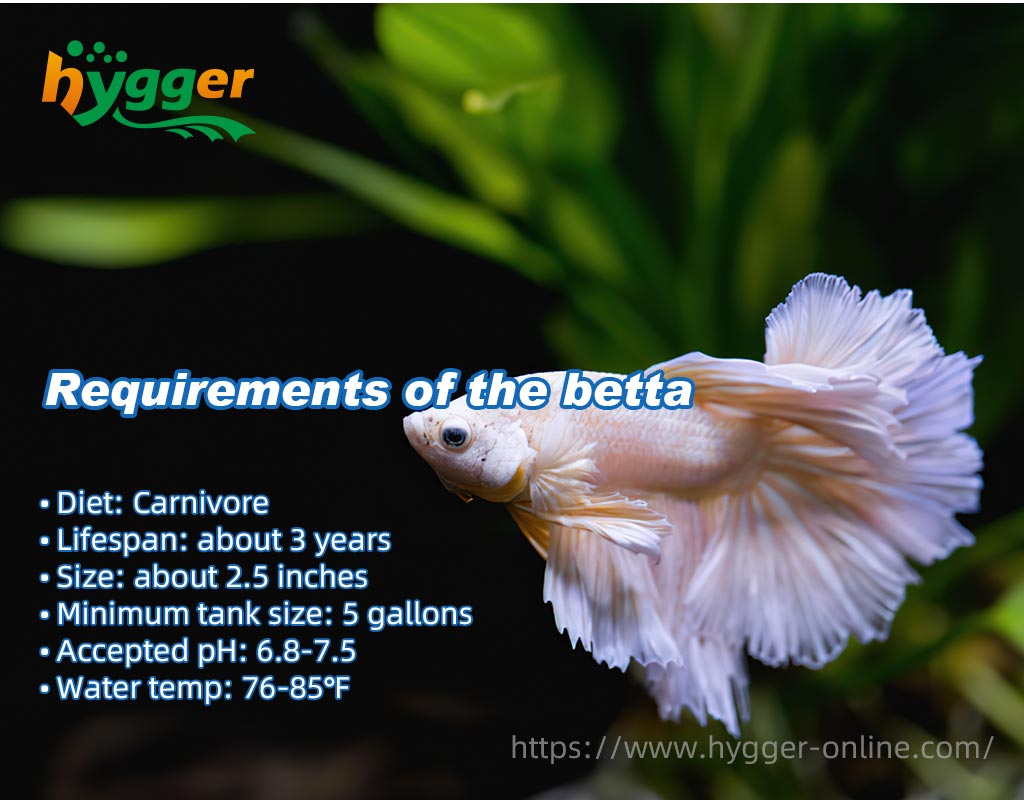
Dwarf gourami
Dwarf gourami is a colorful freshwater fish. It is from Pakistan, Bangladesh, and India. Trichogaster lalius is its scientific name.
There are requirements of the dwarf gourami:
- Family: Osphronemidae
- Diet: Omnivore
- Lifespan: about 5 years
- Size: 4-4.5 inches
- Minimum tank size: 10 gallons
- Accepted pH: 6-8
- Water temp: 77-78.5℉
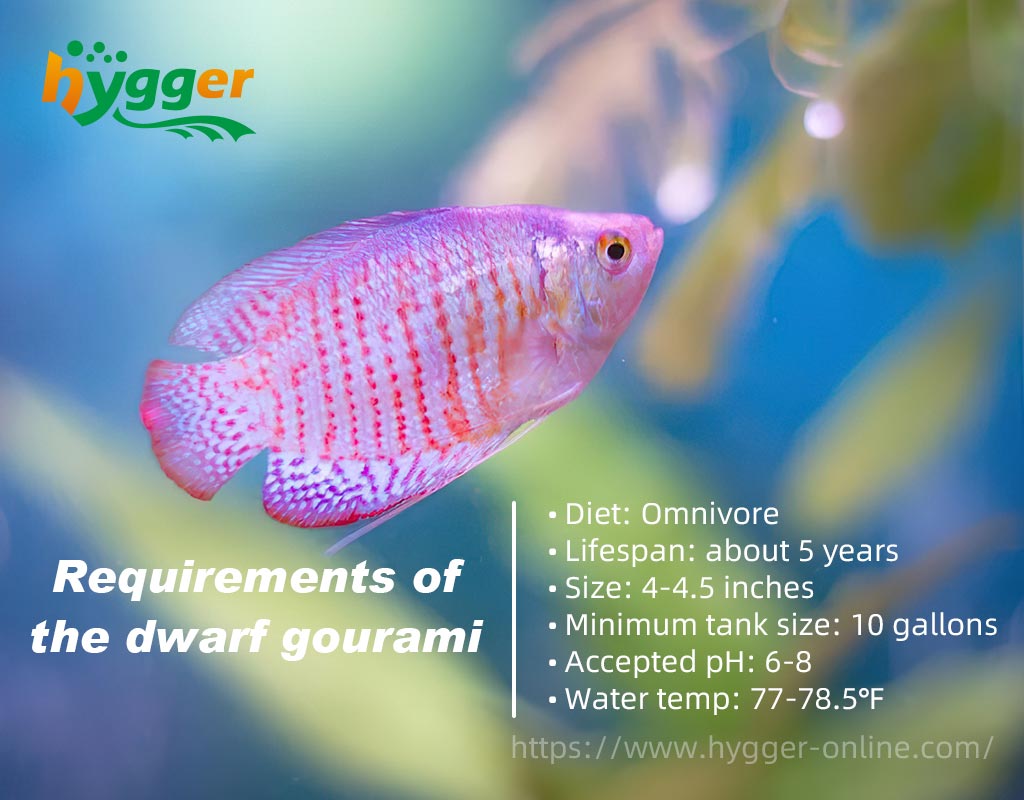
Paradise fish
The paradise fish is from Asia. It is an aggressive fish, and it is better not to introduce another aggressive fish in the same tank, otherwise, they will fight and cause damage.
There are requirements for paradise fish:
- Family: Osphronemidae
- Diet: Omnivore
- Lifespan: 8–10 years
- Size: 2–3 inches
- Minimum tank size: 20 gallons
- Accepted pH: 6-8
- Water temp: 70-82℉
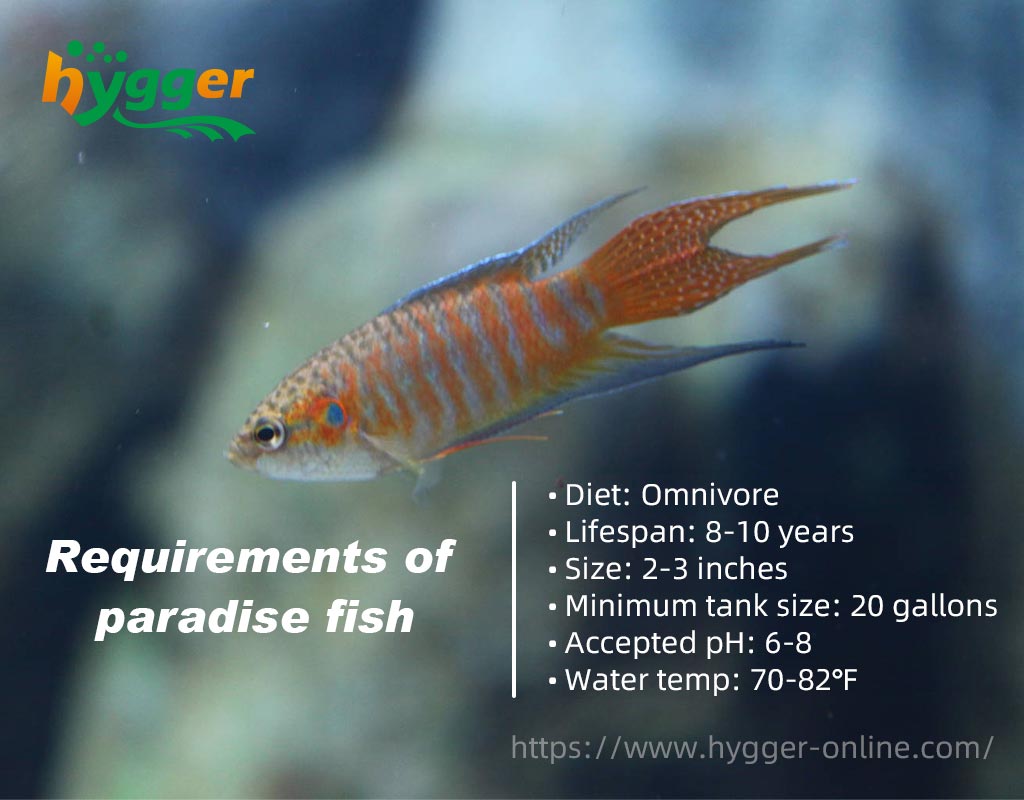
Conclusion
Have you gained some useful information or a deeper understanding of labyrinth fish? If you want to learn more about dwarf gourami disease, you can read this article – Iridovirus Dwarf Gourami Disease Causes and Cures. By the way, it is wise not to keep labyrinth fish with aggressive fish, but Tetras and Catfish are suitable tank mates for them. That’s all for today, thank you for your reading here!
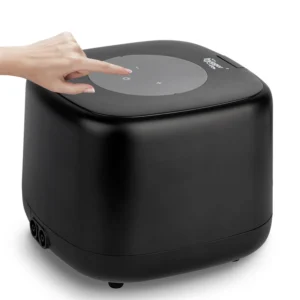
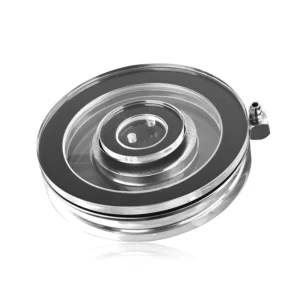
Leave a comment